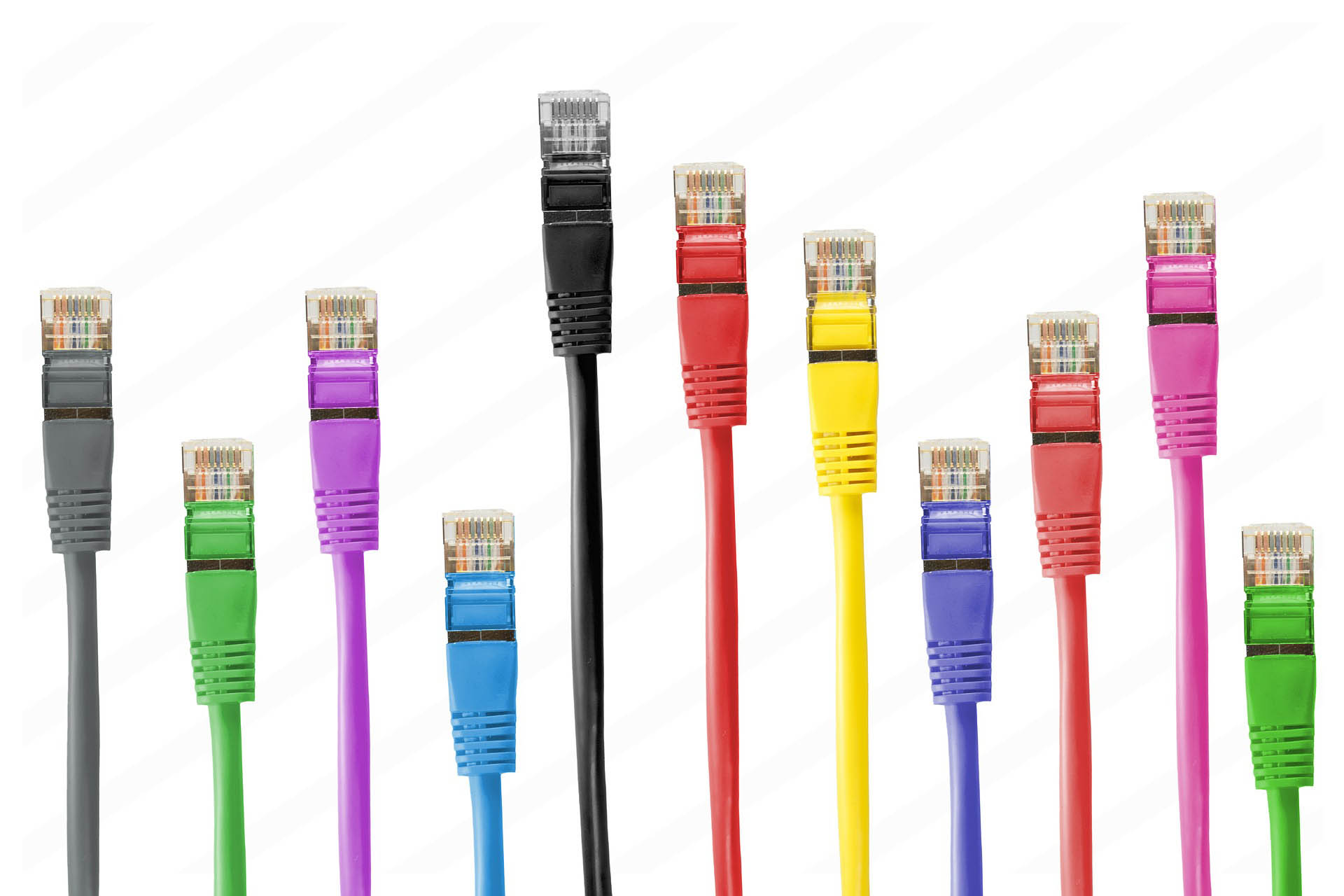Improving Lab Workflows: The Role of Digital Pathology Software
One of the most remarkable transformations in the ever-evolving healthcare landscape is happening within pathology labs. The advent of digital pathology software has brought about a revolution in how pathologists handle specimen data, collaborate on cases, and deliver reports. This blog post delves into the role of digital pathology software to improve lab workflows, making the entire process seamless and efficient.
The Digital Pathology Software Advantage
Imagine a world where reviewing specimen data, ordering new slides, collaborating on cases, and releasing reports take just seconds. This dream has become a reality by integrating digital pathology software into lab workflows. Gone are the days of cumbersome manual processes; now, it’s all about precision and speed.
Effortless Review and Diagnosis
Pathologists can now easily review specimen data with just a few clicks. The intuitive interface of digital pathology software allows for quick navigation from one screen to the next, eliminating unnecessary waiting times. This not only expedites the review process but also enhances the accuracy of diagnoses.
Seamless Collaboration
Collaboration has never been easier. Whether your colleague is across the hall or in another state, digital pathology software facilitates seamless communication. The ability to attach images directly to a case streamlines the collaborative effort, enabling pathologists to work together in real time. This interconnectedness is a game-changer, especially when dealing with complex cases requiring multiple experts’ input.
Flexibility and Customization
The power to save a case at any stage provides unparalleled flexibility. This feature is a lifeline in situations where interruptions are inevitable. Additionally, the customization options offered by digital pathology software allow pathologists to tailor reports according to their preferences. From pre-configured diagnostic codes and descriptions to rich-text formatting, the software puts control back into the hands of the pathologist.
From Manual to Digital: The Transition
The transition from traditional manual workflows to digital systems might seem daunting, but the benefits far outweigh any initial challenges. Embracing this technological shift is not just about keeping up; it’s about unlocking the full potential of pathology labs.
User-Friendly Interfaces
Digital pathology software is designed with user-friendliness in mind. The interfaces are intuitive and user-centric, ensuring that even those less tech-savvy can seamlessly adapt to the new system. The goal is to empower pathologists, not overwhelm them with complex technology.
Training and Support
A smooth transition requires adequate training and support. Labs investing in digital pathology software often benefit from comprehensive training programs to equip their staff with the skills needed to maximize the software’s potential. Ongoing support ensures that any challenges are swiftly addressed, maintaining a smooth workflow.
The Impact on Patient Care
The impact on patient care is at the heart of every lab workflow improvement. Digital pathology software doesn’t just make the lives of pathologists easier; it directly contributes to better patient outcomes.
Faster Turnaround Times
The ability to release cases in seconds translates to faster patient turnaround times. In pathology, where time is often critical, this acceleration can be a determining factor in treatment decisions. The software ensures that diagnoses reach the medical team promptly, enabling timely interventions.
Enhanced Accuracy
The precision afforded by digital pathology software contributes to enhanced diagnostic accuracy. The seamless collaboration and intuitive interfaces reduce the risk of errors, giving patients confidence that their diagnoses are based on the most reliable information available.
Looking Ahead: The Future of Digital Pathology Software
As technology continues to advance, so will digital pathology software’s capabilities. The future promises even more streamlined workflows, enhanced collaboration features, and integration with emerging technologies like artificial intelligence. The goal is not just efficiency but continuous improvement in the quality of patient care.
Overcoming Challenges: Navigating the Digital Terrain
Transitioning to digital pathology software is not without its challenges, and acknowledging them is a crucial step in ensuring a smooth implementation.
Data Security and Privacy
The digital landscape brings concerns about data security and privacy to the forefront. Labs must prioritize robust cybersecurity measures to safeguard patient information. Choosing reputable software providers with a track record of addressing these concerns can alleviate some of the apprehensions associated with the digital shift.
Integration with Existing Systems
Another challenge is the seamless integration of digital pathology software with existing systems. Labs often have legacy infrastructure that needs to work harmoniously with the new technology. Investing in software that offers compatibility and integration options is key to overcoming this hurdle.
Cultural Shift within Labs
Introducing new technology requires a cultural shift within the lab. Resistance to change is a common human trait, and pathologists may initially be apprehensive about adapting to a digital environment. Effective communication, training programs, and showcasing the tangible benefits of the software can help ease this transition.
Conclusion: Embracing the Digital Era in Pathology
In conclusion, the integration of digital pathology software marks a significant milestone in the evolution of lab workflows. The advantages go beyond convenience; they directly impact patient care by improving accuracy, speed, and collaboration among healthcare professionals. The transition may require an initial investment of time and resources, but the long-term benefits are undeniable. As we navigate the digital era in pathology, the focus remains on providing the best possible care for patients supported by cutting-edge technology.




















